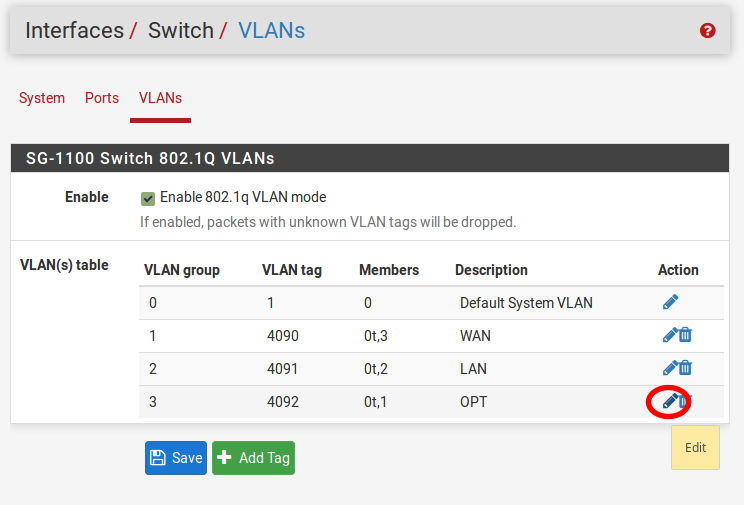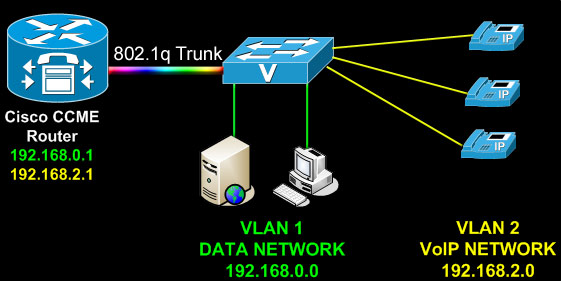

Verify that the subinterfaces are now active.Ĭlose configuration window Part 3: Test Connectivity with Inter-VLAN Routing Step 1: Ping between PC1 and PC3. Therefore, in order to enable subinterfaces, you must enable the physical interface that they are associated with. Subinterfaces are virtual interfaces that are associated with a physical interface.

Configure interfaces F0/6 and F0/11 as access ports and assign VLANs.S1(config- vlan )# vlan 30 Step 2: Assign VLANs to ports. Instructions Part 1: Add VLANs to a Switch Step 1: Create VLANs on S1. You will then enable trunk interfaces and verify connectivity between VLANs. In this activity, you will configure VLANs and inter-VLAN routing. Part 3: Test Connectivity with Inter-VLAN Routing Scenario


 0 kommentar(er)
0 kommentar(er)
